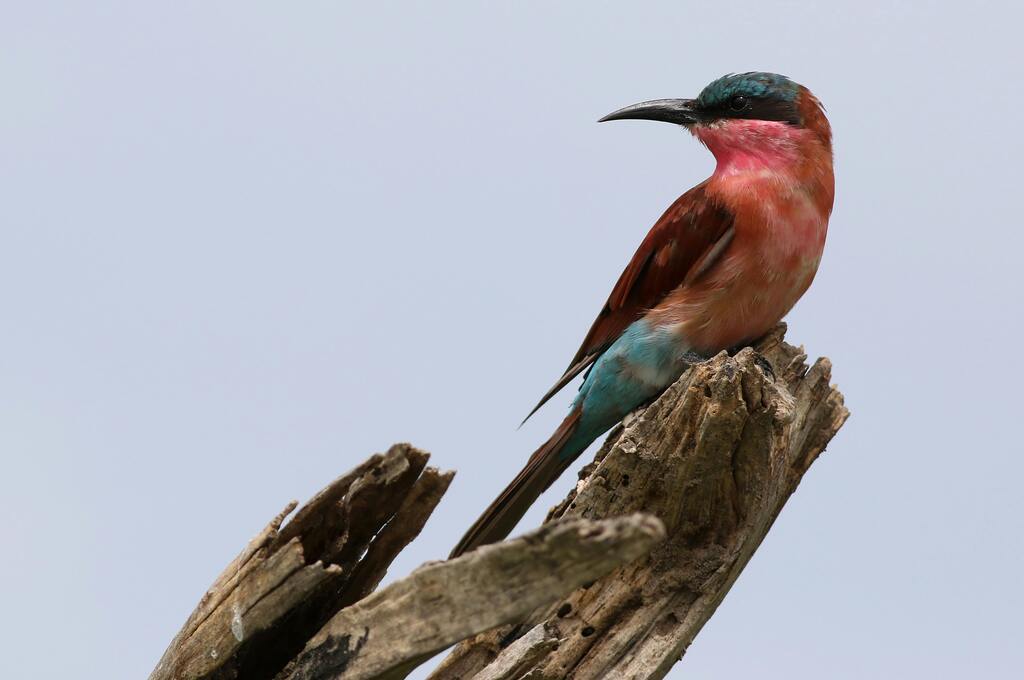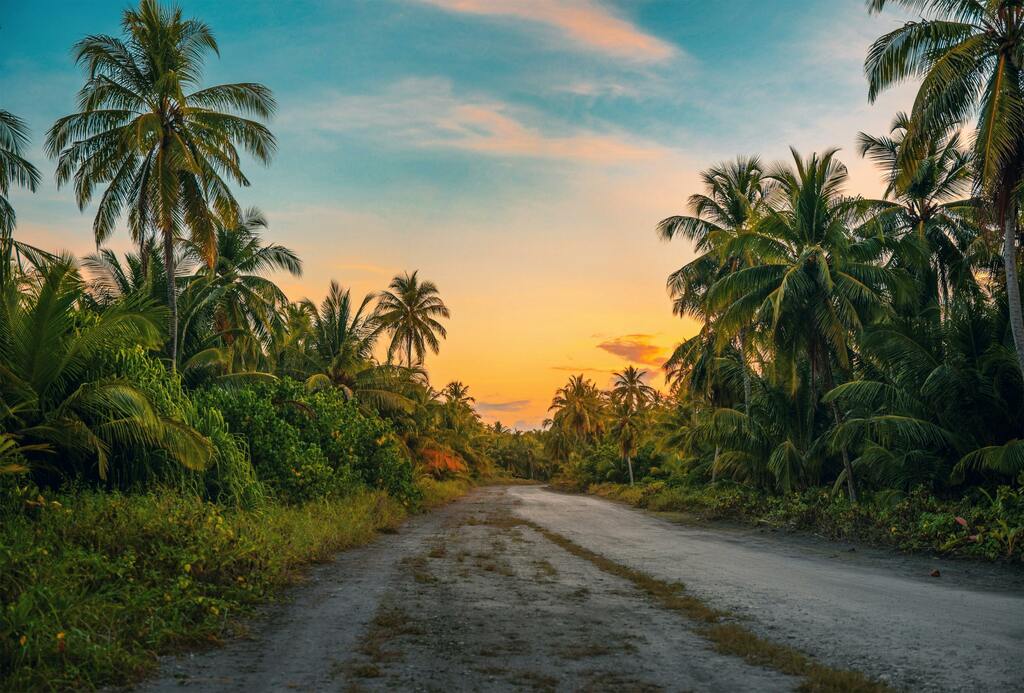Ramsar Wetland Sites (Coastal Protected Areas)

Ghana’s coastal Ramsar wetland sites
Ramsar Wetland Sites in Ghana: Coastal Protected Areas of Global Importance
Ghana is home to several Ramsar-designated wetlands—sites of international importance under the Ramsar Convention—particularly along its coastal zone. These wetland areas are not only ecological treasures but also play crucial roles in biodiversity conservation, local livelihoods, and climate resilience. Among them, five major coastal Ramsar sites stand out for their significance: the Keta Lagoon Complex, Sakumo Lagoon, Densu Delta, Muni-Pomadze, and Songor Lagoon.
Keta Lagoon Complex
The Keta Lagoon Complex is the largest lagoon system in Ghana, and one of the most significant coastal wetland ecosystems in West Africa. Located in the southeastern part of the country, it covers a vast area that includes the main Keta Lagoon, the Avu Lagoon, and the surrounding marshes and mangrove forests. This complex plays a critical role in sustaining coastal ecology, regulating local microclimates, and supporting migratory bird populations. The wetland is an essential stopover point for thousands of migratory birds traveling along the East Atlantic Flyway. Additionally, the lagoon supports fishing, salt production, and small-scale agriculture, making it vital for both biodiversity and the livelihoods of surrounding communities.
Sakumo Lagoon
Situated close to Tema and Accra, the Sakumo Lagoon is one of Ghana’s most threatened yet ecologically valuable wetland sites. Despite increasing urban pressure, it remains a crucial habitat for diverse plant and animal species. This coastal wetland supports both resident and migratory waterbirds, including some that are globally threatened. The lagoon also serves as a nursery for fish and helps regulate flooding during heavy rains. Conservation efforts at Sakumo Lagoon are essential to maintaining its ecological balance amid growing urban encroachment.
Densu Delta
The Densu Delta, located west of Accra, near the mouth of the Densu River, is an important wetland area that supports numerous waterbird species. It also serves as a breeding ground for various fish species, making it ecologically and economically important. The delta’s mangroves and wetlands act as natural water filters, helping to purify water flowing into the sea. This site also helps mitigate flooding in the surrounding low-lying areas and supports subsistence fishing for local communities.
Muni-Pomadze Ramsar Site
Located near the town of Winneba in the Central Region, the Muni-Pomadze wetland is a smaller but ecologically rich coastal wetland. It includes the Muni Lagoon and surrounding floodplains and is home to a variety of waterbird species. The site is especially important for migratory birds and is a designated Important Bird Area (IBA). Conservation activities in the area have included community-based initiatives aimed at preserving the habitat while supporting local development.
Songor Lagoon
The Songor Lagoon, situated between Ada and Sege in the Greater Accra Region, is recognized for both its ecological and economic value. It supports rich biodiversity, including fish, crustaceans, and bird species, while also being a major site for salt production—a key economic activity for the local population. The wetland is under increasing pressure from human activities, including unregulated development and pollution. Nevertheless, its designation as a Ramsar site underlines its global importance and the need for sustainable management strategies.
Vital Ecosystems
Ghana’s coastal Ramsar wetland sites are more than just natural wonders; they are vital ecosystems that support biodiversity, sustain local livelihoods, and provide essential ecological services. As climate change, urbanization, and human activity threaten these areas, continued conservation efforts, policy support, and community engagement are crucial to ensuring their long-term sustainability. Protecting these wetlands is not only an environmental priority but also a socio-economic necessity for the country.

Tropical forest road, at sunset.